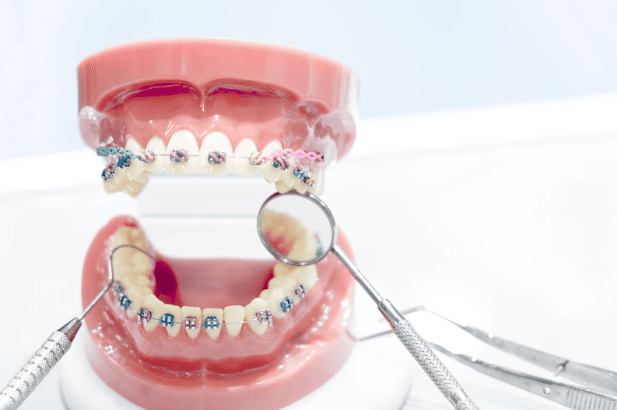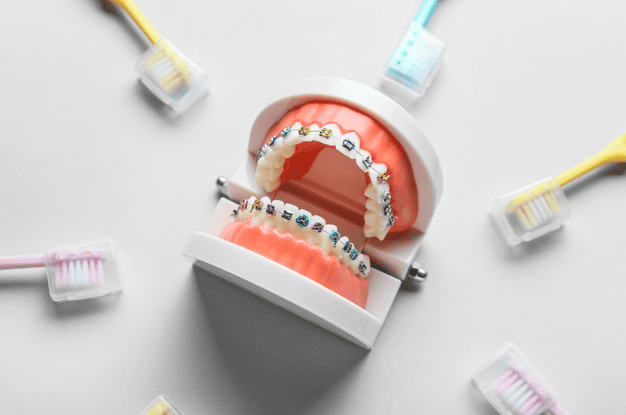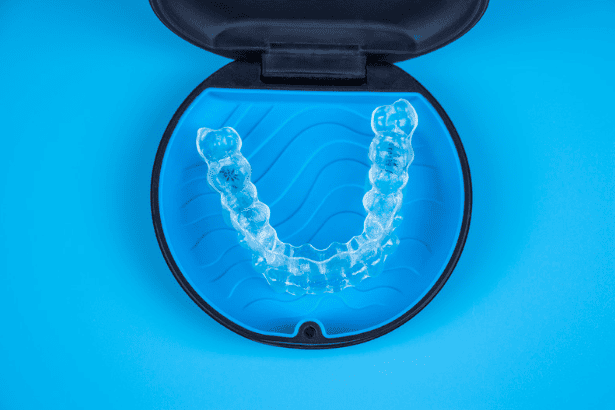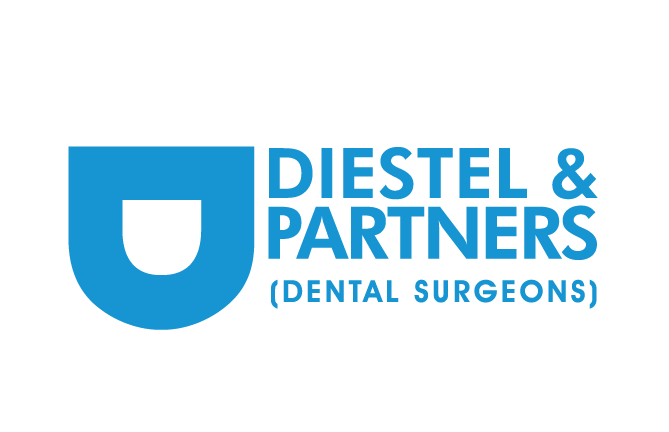
Braces (Orthodontics)
Braces Orthodontic treatment isn’t just about aesthetics; it can also address serious dental alignment issues, improve bite and chewing functionality, and make cleaning and maintaining healthy teeth easier. Our experienced orthodontist can assess whether you or your child is suitable for traditional braces.

Why Early Braces Orthodontic Treatment Matters?
Early braces orthodontic intervention during a child’s developmental years, when combined with their natural growth, can significantly shorten the treatment duration. We recommend having your child’s teeth assessed by our orthodontist early to seize the optimal time for braces and achieve the desired result.
Early orthodontic (interceptive orthodontics) solves the problem while your children’s gums and jaw bone are still in the development phase. Some related problems are :
- Crossbite (narrow arch biting awkwardly with opposing teeth)
- Inadequate space for the eruption of future teeth
- Severely protruding teeth
- Early loss of space preserving baby teeth and subsequent space occupied by other erupting teeth
Correction of these problems is easier due to softer bone and short roots which will also help to prevent the future need for extraction of adult teeth and developing facial asymmetry can be corrected before the child reaches a growth spurt.
Are They Right For You?
At Diestel & Partners, we have an orthodontic specialist who will determine if conventional orthodontic treatment is the right approach for you or your child.
We recommend having your child’s teeth evaluated early on because we can work with your child’s normal growth patterns in some cases, which may require them to wear their appliances for less time than if we wait until they’re older.
Braces Orthodontic Treatment Process
- Number of Visits: 12–20 (approximately one visit per month)
- Time Required: 1-2 years
- Recovery Time: N/A
After an initial evaluation by a general dentist, patients requiring orthodontic treatment are referred to our orthodontist.
A comprehensive assessment will be conducted, including oral scans and 3D simulations. These simulations help predict the expected results of orthodontic treatment and the time required to achieve them. We will also share before-and-after cases of similar patients to provide you with a clear understanding of the potential outcomes.
Once the braces are installed, we will schedule regular follow-up appointments to monitor progress and make necessary adjustments.
Depending on the severity of the case, braces are typically worn for 9 months to 2 years. After the braces are removed, retainers must be worn to prevent teeth from shifting back to their original position.

Who is Suitable for Braces Orthodontic Treatment?
Traditional braces are ideal for children or individuals with severe dental alignment issues, such as overcrowded, crooked, or widely spaced teeth.
For adults with mild to moderate alignment problems, or for those who prefer a more discreet option, Invisalign clear aligners are an excellent alternative to traditional braces.
What Are The Type Of Traditional Braces
You can choose what type of braces you want while discussing your treatment plan with our orthodontist. They will recommend you with the appropriate choices you can make with your treatment method. A few types of traditional braces are:
- Metal Braces: These are the most common type and have been around for more than 100 years. In the past they were bulky but luckily with advanced innovation and technology, they are smaller, more comfortable, and more effective now.
- Ceramic Braces: They are made up of clear tooth color material in contrast to traditional metal braces which are made with stainless steel material. They work in the same way but are less noticeable in appearance.
- Self- ligating Braces: They work similarly to metal and ceramic braces and are available in both metal and ceramic materials. They also rely on braces and wire to move the teeth but instead of elastic rubber bands, they use clips/ doors to hold the wire. Therefore, it is a good choice for patients who are more sensitive to discomfort and cannot sit in the dental chair for long.
Preparing For Dental Braces
It is important to ensure that your teeth are healthy and free of tooth decay, calculus, and any infection before starting orthodontic treatment. We may suggest you see our dentist or dental hygienist for a cleaning to ensure there are no cavities or gum disease prior to starting the treatment.
Moving the teeth with active infection may lead to discomfort and worsen dental health so it is important to maintain your oral health beforehand.
What Food To Avoid With Braces
In the initial time, it is difficult to manage to eat or chew properly with braces so it is recommended to eat semi-solid food until you get used to it. some foods are not good with braces as they can pop the brackets or bend the wires, leading to extra dental clinic trips. So we suggest you to:
- Avoid biting directly into foods like apples, carrots, hard crusts of pizza, and chocolates, better cut them into small bite-size pieces.
- Avoid sugary chewing gums, but occasional sugar-free chewing gum is acceptable as it promotes saliva flow to cleanse the teeth.
- Brackets are cemented on enamel so avoid drinking high sugar, fizzy beverages as it can lead to unsightly permanent discoloration on teeth when braces are removed.
- Be careful when biting popcorn, and dry nuts as unexpectedly the kernel seeds can break the brackets easily.
Aftercare
Once your braces are fitted you will have to make a few changes to your day-to-day oral hygiene practice. Here are some habits that you can incorporate into your oral hygiene routine :
- Eat soft food, you will prefer soft food when you first start it and during the weeklong adjustment period.
- Brush your teeth after eating. It will be tricky keeping food out of braces, keep a travel toothbrush in your bag for easy access.
- Clean in between your teeth with super floss, and interdental brushes.
- Keep pain relief medication handy as you may feel discomfort during the weeklong adjustment period.
Invisalign Clear Aligners Process
We will arrange a consultation with one of our Invisalign-trained dentists to discuss your goals and evaluate your suitability for Invisalign. The dentist will take photographs and digital scans of your teeth, which will be used to create computer-generated simulations of your potential results after treatment. These visualizations allow you to fully understand the process and address any concerns before starting the treatment.
Your scans will be sent to the Invisalign lab to custom-make your aligners. Once you receive your aligners, you will wear them for 20 hours a day and gradually switch to the next set as instructed, moving your teeth step by step into the desired position. Regular check-ups will be scheduled to ensure the treatment is progressing as planned.


Transforming Your Smile
In addition to braces and regular follow-up appointments, we provide guidance on maintaining oral hygiene during treatment. We also recommend routine teeth cleaning at Distinct Dental Group to keep your teeth and gums healthy throughout your orthodontic journey.
Our Dentist

Book Your Braces (Orthodontics) Consultation Today!
Contact us to schedule your Braces (Orthodontics) consultation. Let us help you achieve the perfect smile with our professional services.
